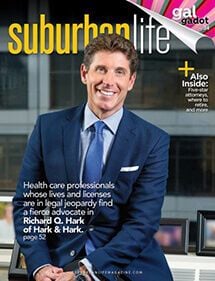There is a drug crisis raging across America. In an effort to combat the opioid epidemic, there are laws and codes to control the sale of controlled substances.
Medical professionals who violate these laws run the risk of disciplinary action if caught.
What is “corresponding responsibility”?
While doctors prescribe medications, pharmacists are responsible for dispensing them. Pharmacists have a responsibility to refuse to dispense any prescription:
- they know or suspect may be fake or illegal
- not written for valid medical reasons
- that may be valid but is being abused or used illegally
The responsibility falls to pharmacists to make sure that the prescriptions they fill are legitimate.
What is the penalty?
Any pharmacist that violates their corresponding responsibility is subject to loss of their professional license.
What are some signs of fraud?
For handwritten prescriptions, there are signs to look out for that may suggest a prescription is fraudulent. Signs of fraud include different handwriting or ink colors on the prescription, misspellings and words crossed out, incorrect dosings or quantities and photocopied prescriptions. Sloppy mistakes are the more apparent signs of fraudulent prescriptions, but a prescription that looks too perfect or professionally manufactured is also a cause for concern.
As technology has advanced, many prescriptions are now directly submitted to pharmacies by the medical provider, making handwritten prescriptions no longer the norm. When a person presents a prescription to the pharmacy in person, take care to properly look at the prescription and make follow-up calls to confirm with the prescribing doctor if you have any doubts.













